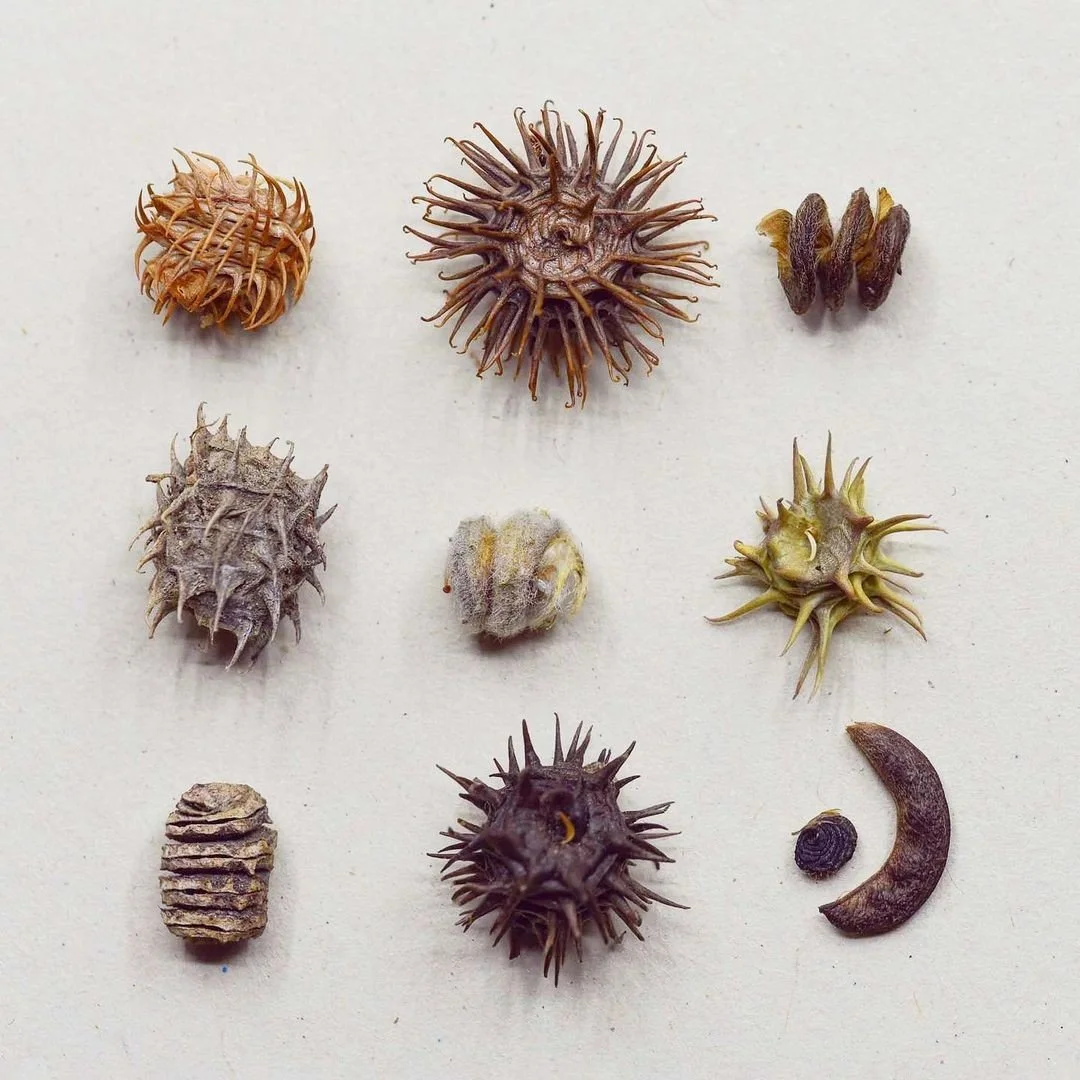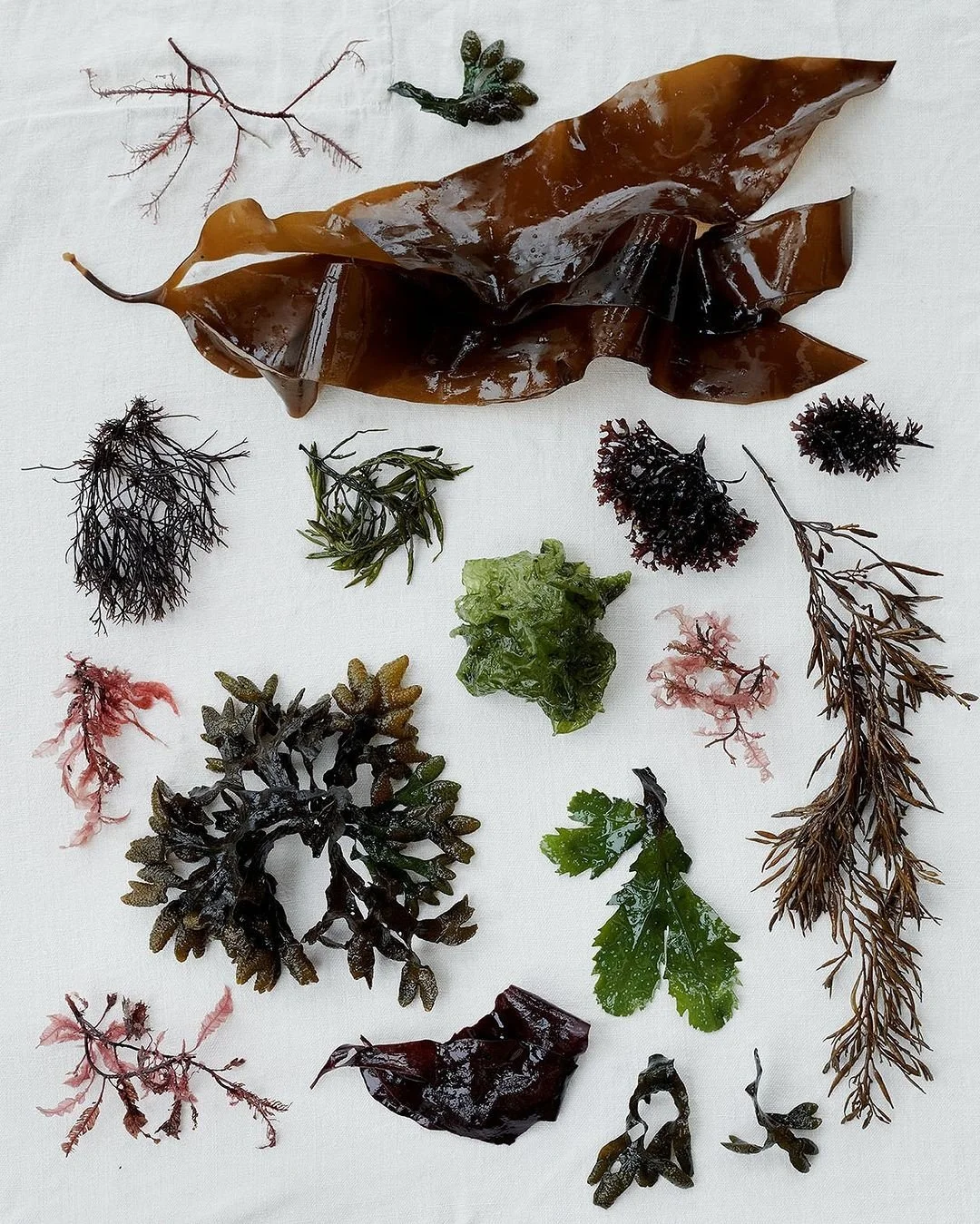What’s the Difference Between Western Herbalism and Chinese Herbal Medicine?
Two Traditions, One Goal
Western herbalism and Chinese herbal medicine (CHM) are two rich and long-standing traditions, each rooted in its own cultural and philosophical framework. While both aim to support health and well-being through the power of plants, they differ in their approaches to diagnosis, formulation, and the underlying principles guiding their use.
This article explores the distinctions between Western herbalism and Chinese herbal medicine, highlighting their unique strengths while celebrating their shared goal: harnessing the healing wisdom of plants.
Philosophical Foundations
Western Herbalism
Western herbalism is rooted in European, North American, and Indigenous plant medicine traditions. Its philosophy emphasizes the use of herbs to treat specific symptoms, nourish the body, and support natural healing processes.
Key Focus: Strengthening the body’s innate ability to heal.
Modern Influences: Western herbalism has evolved to include insights from clinical research and biochemistry, integrating traditional practices with modern science.
Chinese Herbal Medicine (CHM)
CHM is a cornerstone of Traditional Chinese Medicine (TCM), which views health as a dynamic balance between opposing forces like Yin and Yang and the smooth circulation of energy, fluids, and blood in the body. Herbs are used to restore harmony within the body’s interconnected systems.
Key Focus: Treating the root cause of illness while addressing the patient’s constitution and overall balance.
Holistic Approach: Herbs are chosen based on their energetic properties (e.g., warming, cooling) and their effects on organ systems, emotions, and external influences like weather.
Diagnosis and Treatment
Western Herbalism
Western herbalists often focus on addressing specific symptoms or systems of the body. Diagnosis may involve evaluating the individual’s physical condition, diet, and lifestyle.
Example: A Western herbalist might recommend chamomile tea to soothe digestive upset or lavender for stress relief, targeting individual symptoms.
Individualized Care: While symptom-focused, Western herbalism also emphasizes tailoring remedies to the person, considering factors like stress levels or dietary habits.
Preventative Wellness: Western herbal remedies can support general wellness when no issues are present in the body.
Chinese Herbal Medicine
CHM diagnoses are guided by TCM principles such as the balance of Yin and Yang, the Five Elements, and the movement of Qi and Blood. Practitioners use tools like pulse and tongue diagnosis to assess the patient’s internal state.
Example: Instead of prescribing a single herb for insomnia, a CHM practitioner might identify whether the insomnia is caused by Liver Qi stagnation, Heart Yin deficiency, or another pattern, creating a formula to address the root imbalance.
Pattern Differentiation: CHM doesn’t treat conditions in isolation; it seeks to understand and address the unique pattern of imbalance underlying the symptoms.
Treats disease: CHM is not typically used preventatively, rather it is effective at addressing specific concerns.
Formulations and Use of Herbs
Western Herbalism
Western herbalism often uses single herbs or simple combinations to address specific needs.
Forms: Herbal teas, tinctures, capsules, salves, and essential oils.
Example: A tea made with echinacea for immune support or a tincture of valerian for relaxation.
Strengths: Western herbalism shines in its simplicity and accessibility, allowing people to incorporate herbs into daily life with ease.
Chinese Herbal Medicine
CHM primarily uses complex formulas, which may contain 4–20 herbs, each with a specific role:
Chief Herbs: Target the main condition.
Deputy Herbs: Support the chief herbs or address secondary conditions.
Assistant and Envoy Herbs: Reduce side effects and harmonize the formula.
Forms: Decoctions (herbs simmered into tea), powders, pills, or granules.
Example: A CHM practitioner might prescribe Gui Zhi Tang (Cinnamon Twig Decoction) as a treatment for the common cold. This formula releases exterior wind-cold while harmonizing internal imbalances.
The synergy of multiple herbs in CHM formulas ensures a nuanced and balanced treatment.
Energetics of Herbs
Western Herbalism
Western herbalism often emphasizes biochemical actions, such as anti-inflammatory or antimicrobial properties, while also considering the energetic qualities of herbs (e.g., warming or cooling).
Example: Ginger is viewed as warming and circulatory, while peppermint is cooling and digestive.
Chinese Herbal Medicine
CHM also places a significant focus on the energetic properties of herbs, including their temperature, taste, and direction of movement (e.g., ascending, descending).
Example: Ginseng is warming and tonifies Qi, while chrysanthemum is cooling and clears heat from the Liver and eyes. (Chrysanthemum and goji berries make a great tea combo for computer-related eye strain!)
Integration with Modern Medicine
Western Herbalism
Western herbalism frequently incorporates clinical research to validate traditional uses and explore new applications. This integration makes it particularly compatible with modern biomedical frameworks.
Example: The well-documented anti-inflammatory effects of turmeric or the adaptogenic properties of ashwagandha.
Chinese Herbal Medicine
While CHM’s traditional theories remain central, modern TCM practitioners often blend ancient practices with contemporary research. Studies on herbs like astragalus (Huang Qi) for immune support or licorice (Gan Cao) for digestive health illustrate this synergy.
Similarities and Shared Strengths
Despite their differences, Western herbalism and CHM share key principles:
A Focus on Nature’s Wisdom: Both traditions honor the healing power of plants.
Individualized Care: Remedies are tailored to the person, not just the condition.
Preventive Care: Both emphasize the importance of lifestyle and diet in maintaining health.
There is a lot of overlap between these two forms of medicine, and there are many plants that are used similarly in both traditions.
Conclusion: Two Paths, One Healing Goal
Western herbalism and Chinese herbal medicine offer distinct yet complementary approaches to health and healing. Western herbalism excels in its accessibility and symptom-focused remedies, while CHM’s holistic, pattern-based framework provides a deep, integrative perspective.
Both traditions remind us of the profound wisdom embedded in the natural world and the importance of connecting with plants in ways that align with our unique needs. By understanding their differences and embracing their shared strengths, we can broaden our approach to healing and wellness.
Interested in Exploring Herbal Medicine?
Schedule an herbal consult today!




